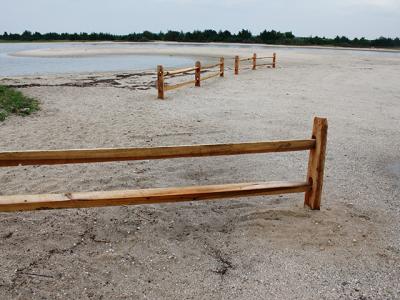Political Briefs 08.16.18
Political Briefs 08.16.18
Health Care Workers for Gershon
In New York’s First Congressional District, 1199SEIU United Healthcare Workers East has announced its endorsement of Perry Gershon.
“Our union is dedicated to the ideals that make it possible for every working person to create the life they envision for themselves and their family,” Gabby Seay, 1199SEIU’s political director, said in a statement issued last week. “We believe Perry will fight to protect family-sustaining jobs, expand access to quality health care, and serve as a true advocate for working people.”
“We must reaffirm the importance of unions to our communities by taking action on behalf of workers,” Mr. Gershon said in the same statement. “Income inequality, the lack of well-paying jobs, the lack of affordable health care, are all symptoms of a much greater problem in our country: People have forgotten that the fundamental right to assembly is the source of greatness in our country. When the American people unite, organize, and act as one collective, there is nothing that can hold us back from continuing to be the greatest nation in the world.”
—
C.S.E.A. Backs Thiele
The Civil Service Employees Association has endorsed State Assemblyman Fred W. Thiele Jr. in his 2018 re-election bid. Mr. Thiele is a member of the Independence Party.
Mr. Thiele expressed appreciation for the endorsement in a statement last Thursday and praised unions as “the backbone of this country. They established a foundation for job security and economic stability for all working people. I support, and will continue to fight for, the right of every person to have access to good jobs, good benefits, and fair wages, as they are fundamental to achieving a sustainable standard of living.”
Mr. Thiele will not face a primary challenger. Election Day is Nov. 6.
Mr. Thiele also picked up an endorsement from the New York State United Teachers, a federation of more than 1,200 local unions representing people who work in, or are retired from, New York’s schools, colleges, and health care facilities. It is affiliated with the American Federation of Teachers and the National Education Association, as well as the AFL-CIO and Education International, with more than 20 million members worldwide.
Candidates who earned NYSUT’s endorsement “showed through their advocacy, their accessibility, and their strong pro-education, pro-labor voting records that they are true friends of public education, organized labor, and working people,” Andy Pallota, NYSUT’s president, said in a statement. “They have demonstrated a willingness to stand shoulder to shoulder with educators to fight for better public schools, colleges and hospitals. We are proud to support them.”

